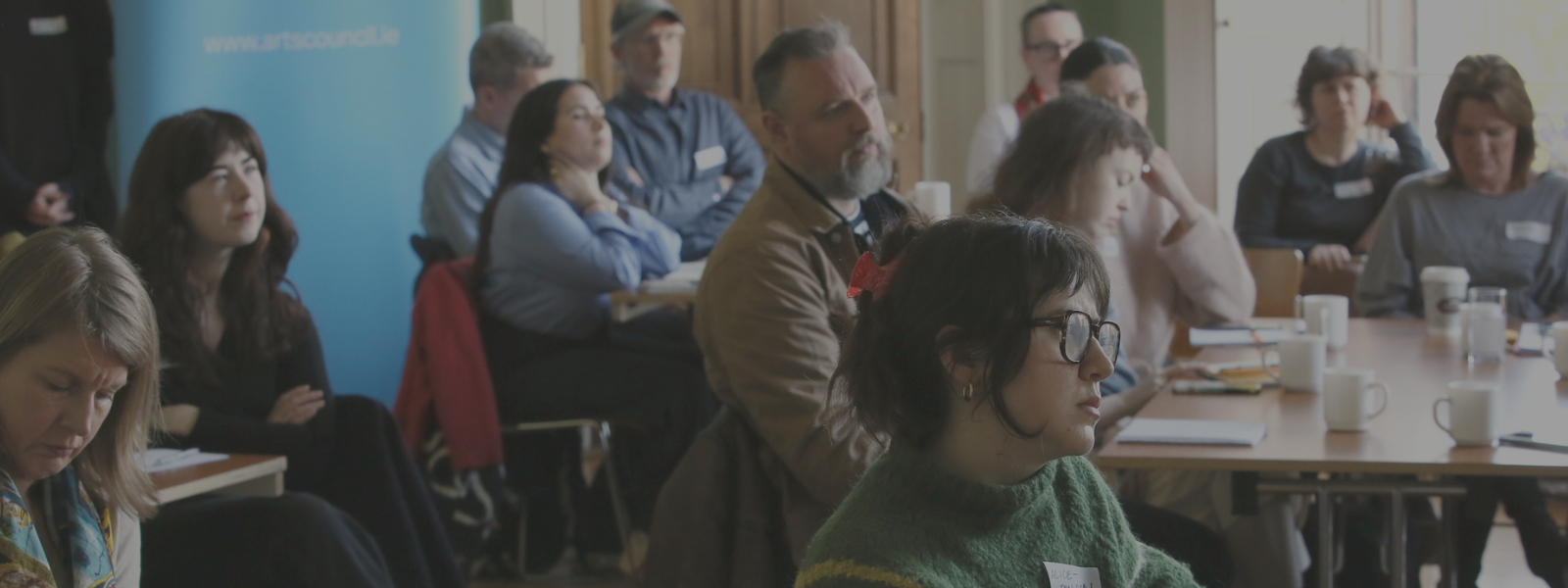In the first part of this series, Native Events Energy & Transition projects manager, Stefano Semprini outlined the nature of our energy addiction, and pointed to three considerations that we consider to be primary among the complex, plentiful and inter-related facets of the energy crisis. Now, he moves on to addressing a question…
Why is it this way?
Why are we addicted to the extremely rapid extraction of very convenient and rich sources of energy, to the extent that we are threatening our survival on (and with) this miraculous, life-engendering habitat we call Earth?
Why not? We found the energy, so we made use of it. This is a survival strategy that any animal would exploit, if the means to do so became an option. Rather than attempting to reassemble a comprehensive answer, below we provide a number of links, and the reader may choose how little or how much to learn about the context and history of the current situation.
Perhaps it is because we are energy blind. Perhaps because too few people understand the concept of net energy. We certainly cannot claim ignorance of the progress trap that we constructed and sprung for ourselves.

OK, but WHY?
How we arrived where we are today is a long and complicated story. The Institute for the Study of Energy and Our Future (ISEOF) hosts multiple sets of explainer videos that are well worth the time to watch. Most relevant to our discussion here would be those on energy and economy.
It is our individual responsibility to become educated about this problem that we are all complicit in creating. Again: we will have to make – an informed – choice about what to do about it.
Resisting the Urge to Jump into the Solution-Implementation “Mode”
We feel our desire to be part of the solution(s) strongly, and therefore want to start doing stuff—making things better!
Instead, let’s ask more questions. Sticking with questions is a powerful strategy that helps us to better understand root causes: the problems underneath the problems, all the way down.
With this in mind, we are going to pause this conversation here, and allow the reader some time to peruse the linked content shared above. As you do, please note any questions that arise, and send them on to us. In this manner, the next part of the conversation may be informed by our views, as well as yours.
One final note: try to avoid the common tendency to look for Silver Bullet solutions. Statements like, “the real problem is…” or, “if only they would fix this one thing, then…” should set off your sense-making alarm bells. Our discernment suggests that solutions that follow such statements are usually red herrings.
There will never be just one solution, and the more we question, the more we can begin to inform a portfolio of complementary and overlapping potential solutions.

You can read the first part in the series, Part I – The Problem, here. The next and final piece will address some solutions with Part III: What to do.








